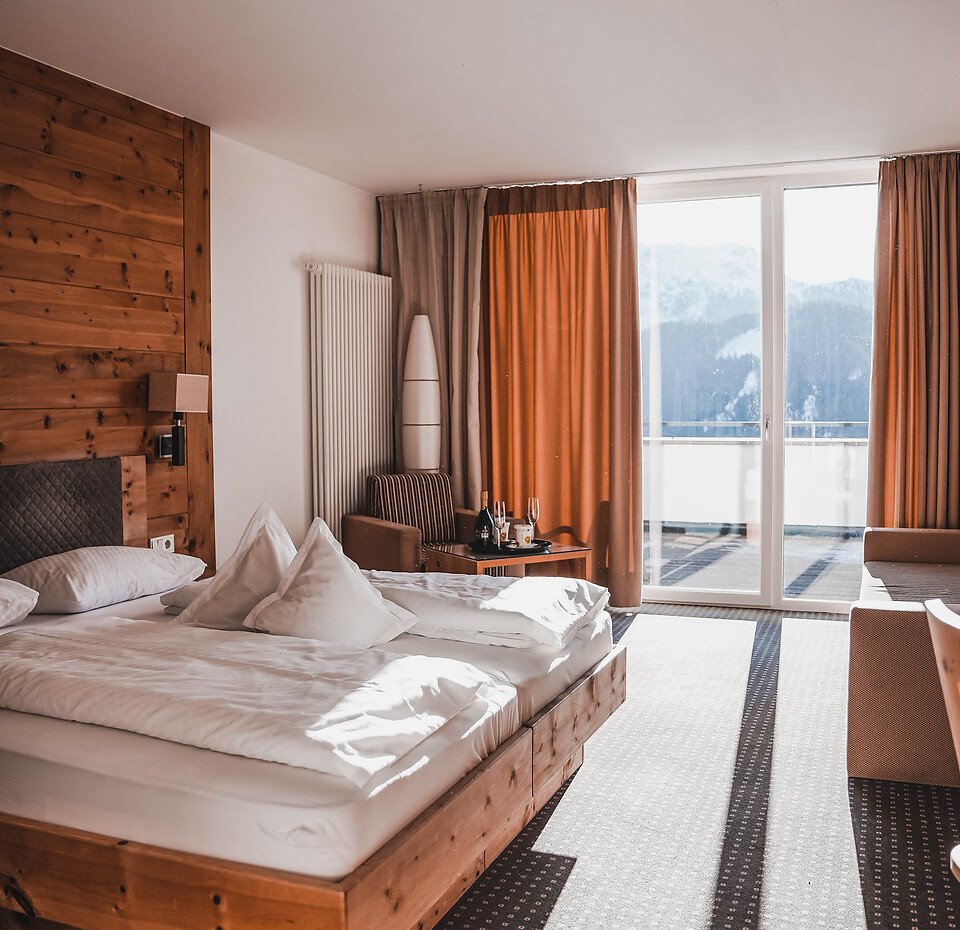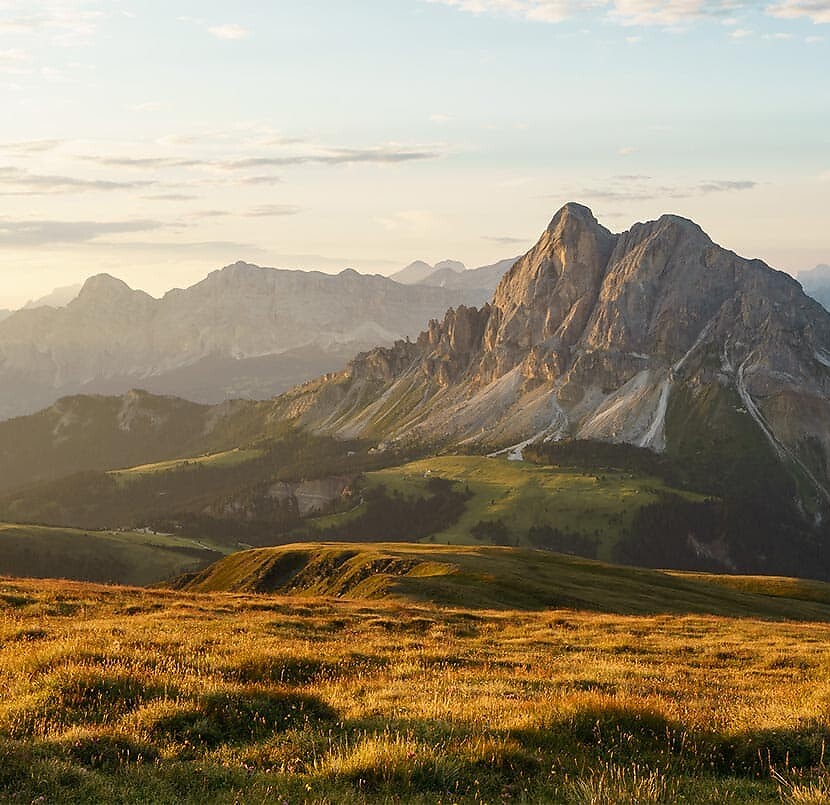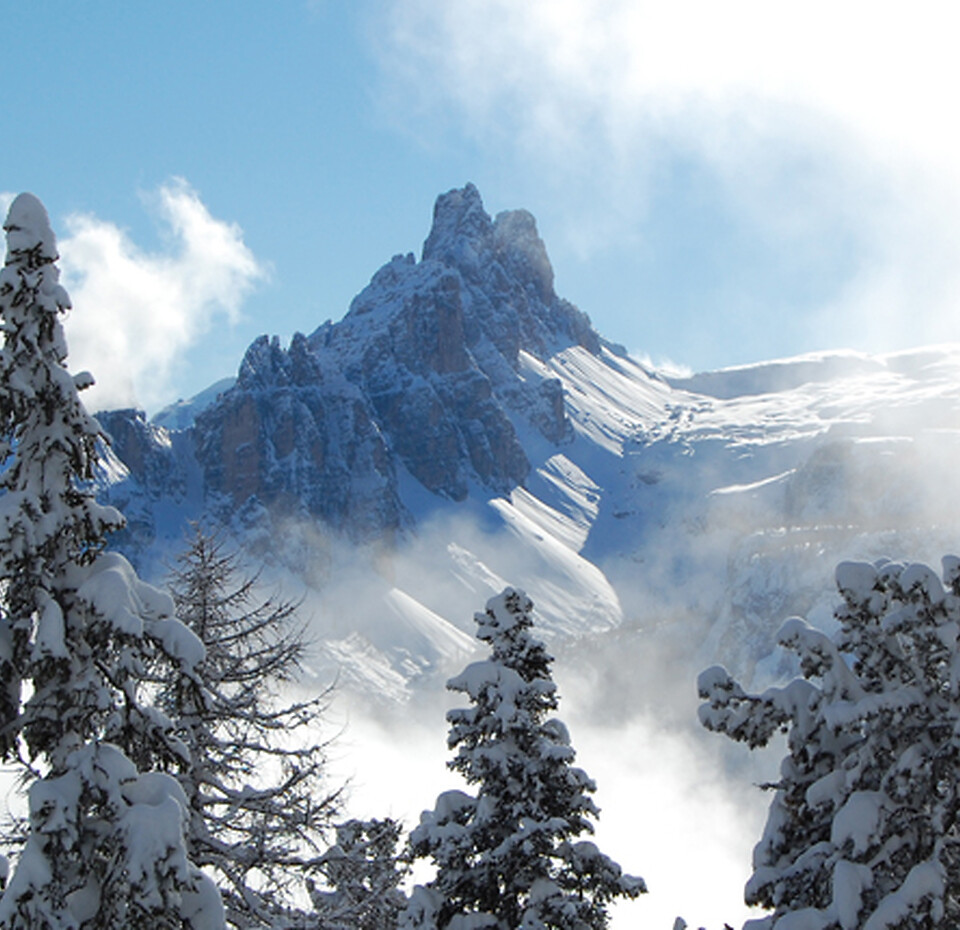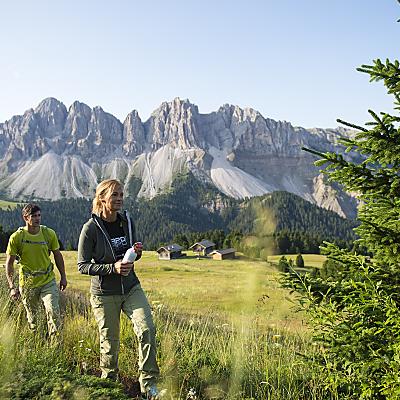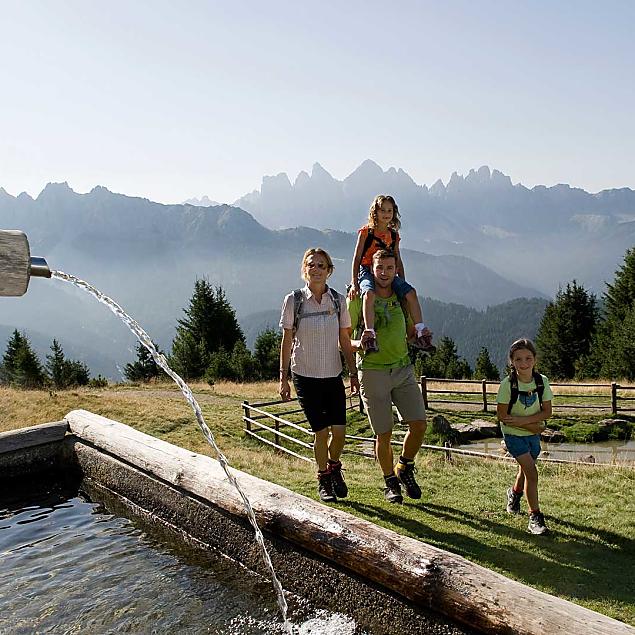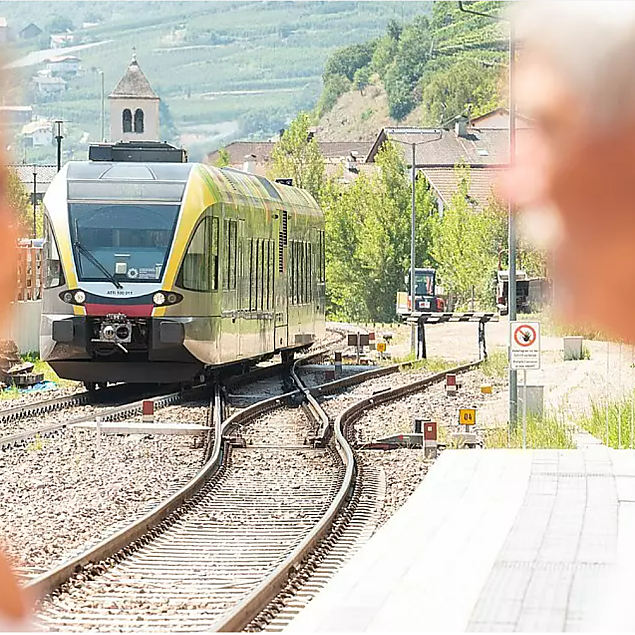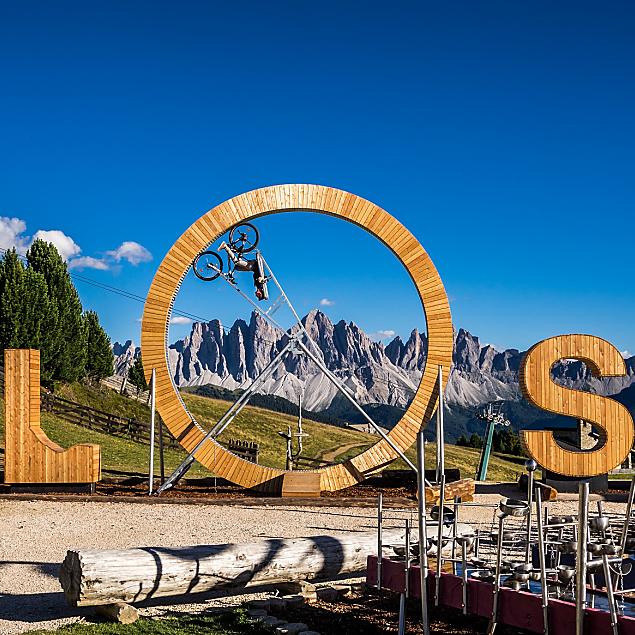Our excursion tips
Ready for lasting memories?
As beautiful and promising as it is at The Vista Hotel, it is worth driving down into the valley. There is so many cultural, historical and exciting things to discover there…

Art and culture have an important place in Brixen. The city, which is more than 1000 years old, was once the travel stopping point of the emperors and a magnificent bishop’s city. In addition to the numerous cultural sights such as the cathedral or the Hofburg, arcades and picturesque alleys invite you to stroll around.

With its hospitable residents, pretty houses and Gothic churches, Klausen has also lured one or the other artist to the Eisack in the past – it was none other than Albrecht Dürer who often stopped by in Klausen. Visit the shops in the old town houses and enjoy a cappuccino in the main square.

Bozen is a melting pot of cultures and contrasts: Germans and Italians live here side by side. Alpine and Mediterranean way of life, customs and habits intertwine. This special symbiosis is reflected in the cultural, art historical and gastronomic offer.

Ötzi has been on display in the Archaeology Museum in Bozen since 1998. Ötzi is now one of the most famous mummies in the world, who survived in the glacier in completely preserved clothing and equipment. The accidental find in Schnalstal made important research possible about the time in which he lived 5,300 years ago.

Brixen Cathedral is the largest church in Brixen and was the bishop’s seat until 1964. Although the bishop now lives in the provincial capital of Bozen, bishop consecrations and other high religious festivals are still celebrated by the bishop in Brixen Cathedral. The adjoining cloister with frescoes from the 14th and 15th centuries is also well worth seeing.

The Diocesan Museum is housed in the former residence of the bishops. On three floors and in a total of 70 exhibition rooms you can see art objects from the Middle Ages and modern times, treasures from the Brixen prince-bishops as well as a collection of cribs and works by Tyrolean artists of the 19th century.

The Neustift monastery is one of the largest monastery complexes in Tyrol and today houses an educational centre with a dormitory and a private school. Furthermore, the canons in Neustift run one of the oldest still active wineries in the world. Their white wines are especially well known – the Sylvaner, the Müller-Thurgau and the Kerner.

The mineral museum is located in the centre of Teis, at the entrance to the Villnöss valley. The exhibition includes not only shiny Teis balls, but also mountain crystals and precious stones from other alpine regions.

Säben Monastery towers over Klausen almost like a castle on a prominent rock. In 1687 the monastery was first occupied by nuns of the Benedictine order, raised to the status of an abbey in 1699 and dissolved in 2021. The monastery itself is not open to visits, but its three churches and a chapel are.

Follow in the footsteps of the miners. The experience mine on the Pfunders Berg near Villanders was one of the most important mining areas in Tyrol in the Middle Ages. Today it is one of the few mines in South Tyrol that can be visited by the public.



